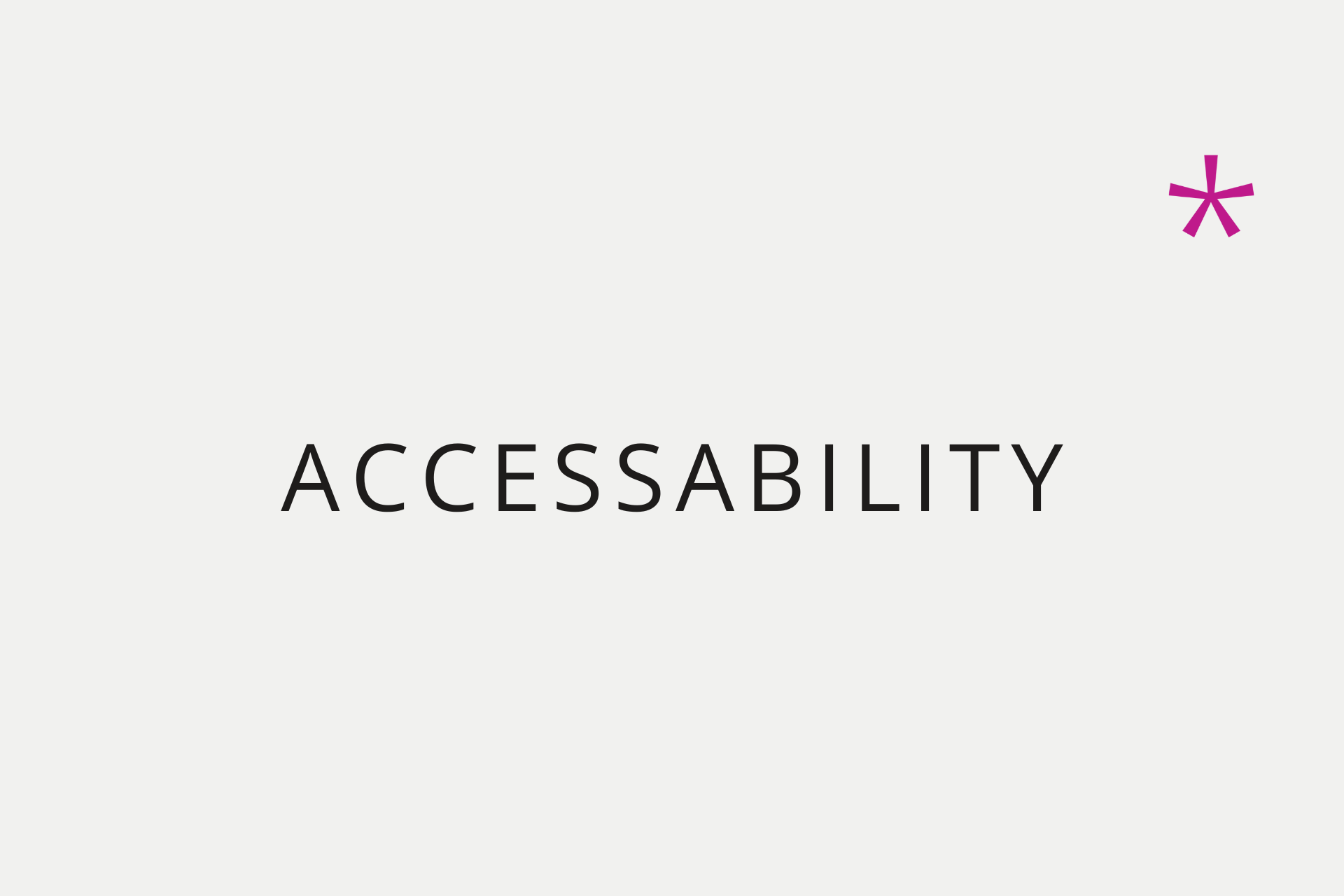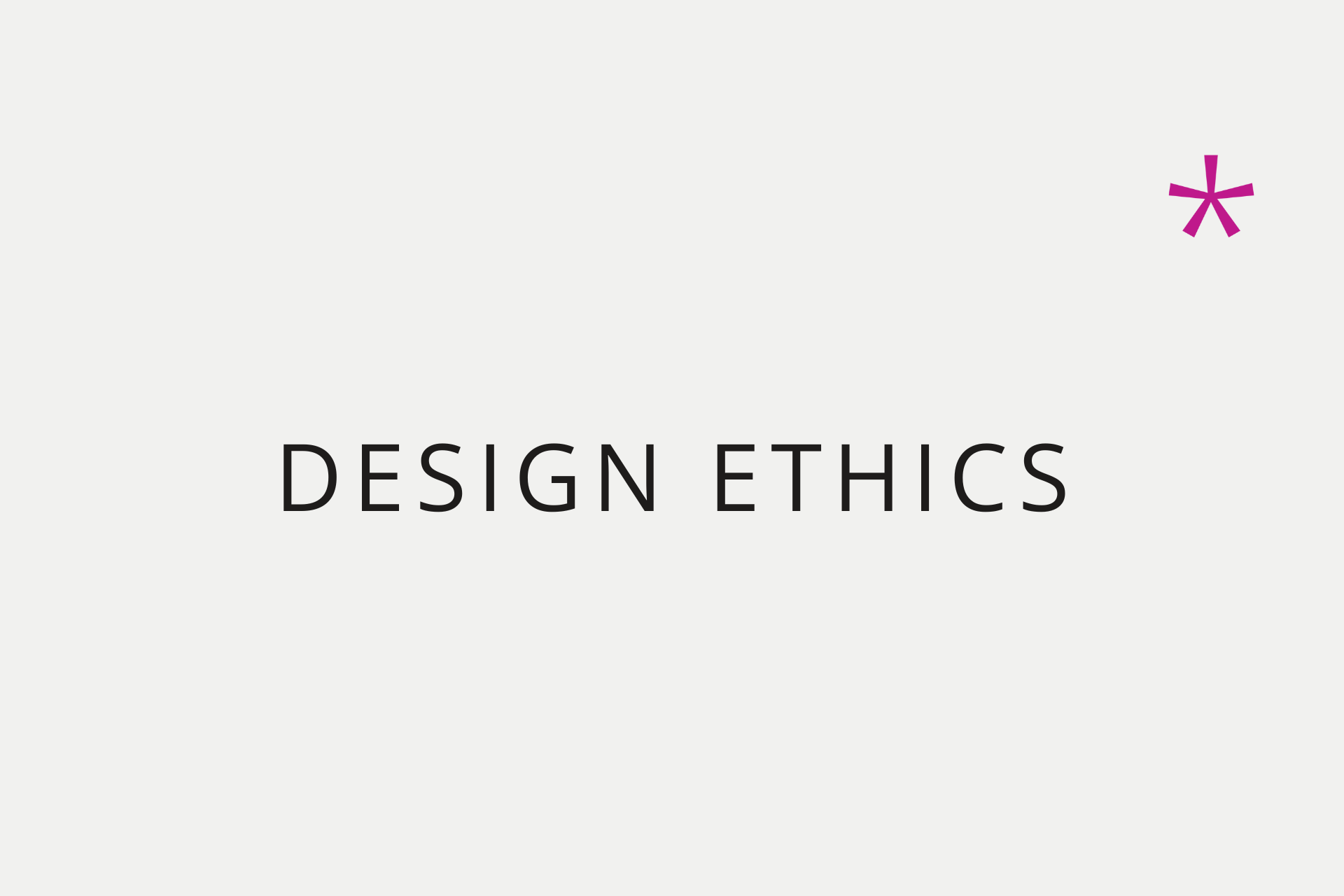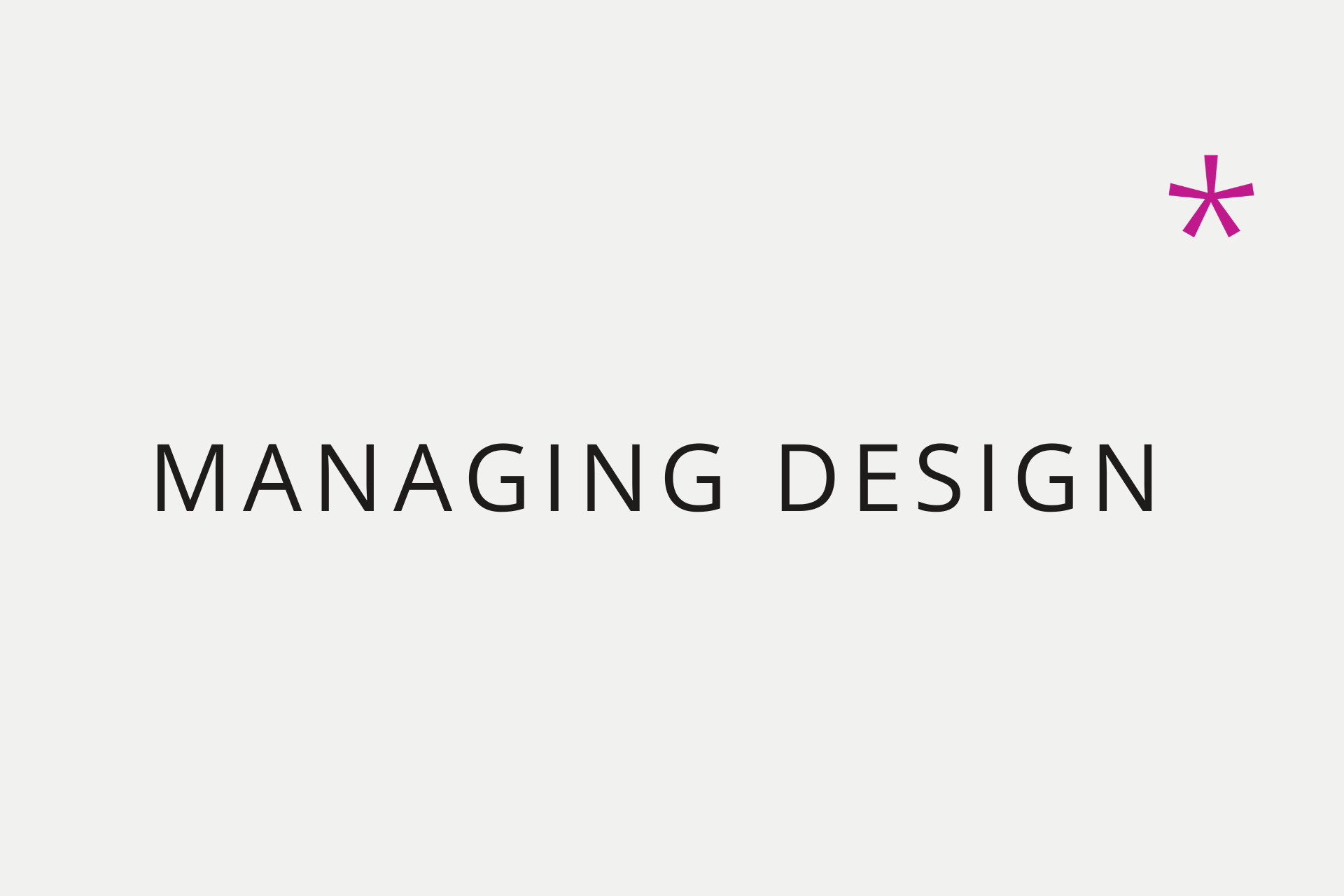I recently visited someone close to me in the hospital, where they were provided with basic hygiene items like shampoo, and conditioner. While this thoughtful gesture was meant to make life easier, it created unnecessary frustration.
The shampoo and conditioner tubes were identical in color, with small, green font labeling them, making it difficult to distinguish one from the other. For someone with aging eyesight or other visual challenges, this oversight turned what should have been a helpful resource into a source of stress.
This experience highlighted a key issue in design: without empathy, even well-intentioned solutions can miss the mark. When we design with empathy, we consider these details, like font size, color contrast, and usability. Empathy drives us to create experiences that genuinely support and serve all users, not just a select few.






